Gidan Makama Museum
It’s been a few months I left home for a New State and I have had plans to visit several important places here but I have been so busy that I had to keep stalling.
But not anymore cause I finally made it to the National Museum in Kano and also to the Emir of Kano palace. I must say it was a beautiful experience as I got to see lots of ancient and amazing things. History is golden indeed!
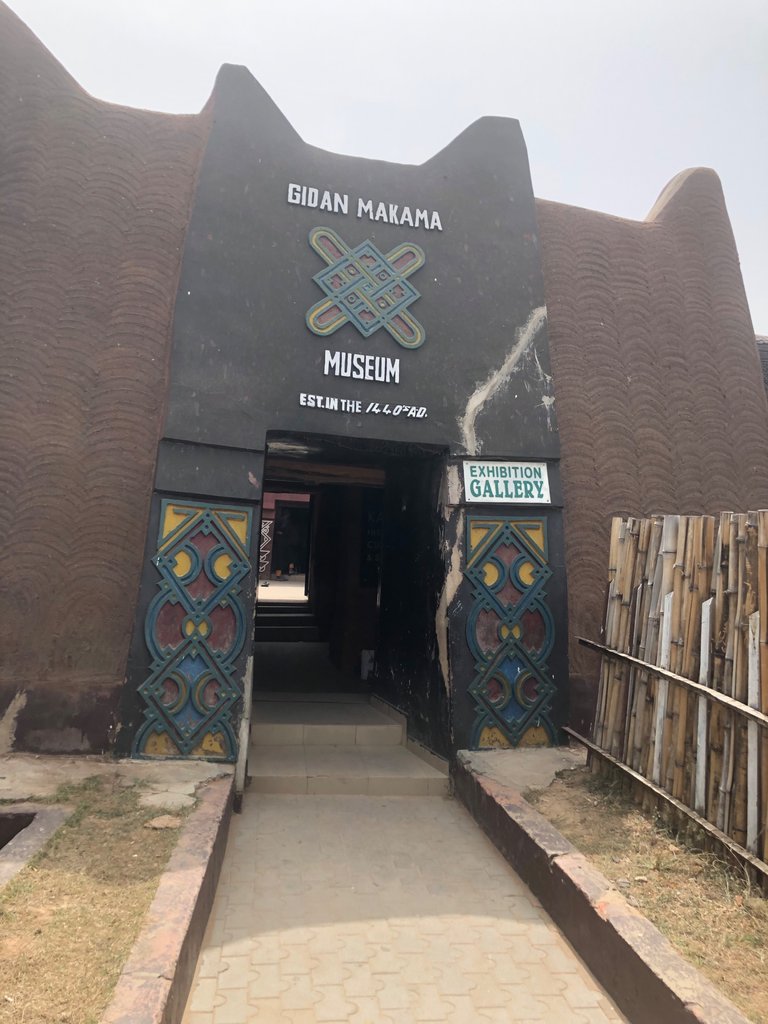
The Kano National Museum happens to be the first museum in West Africa. It has been in existence for 583 years (1440 - till date) This is remarkable!
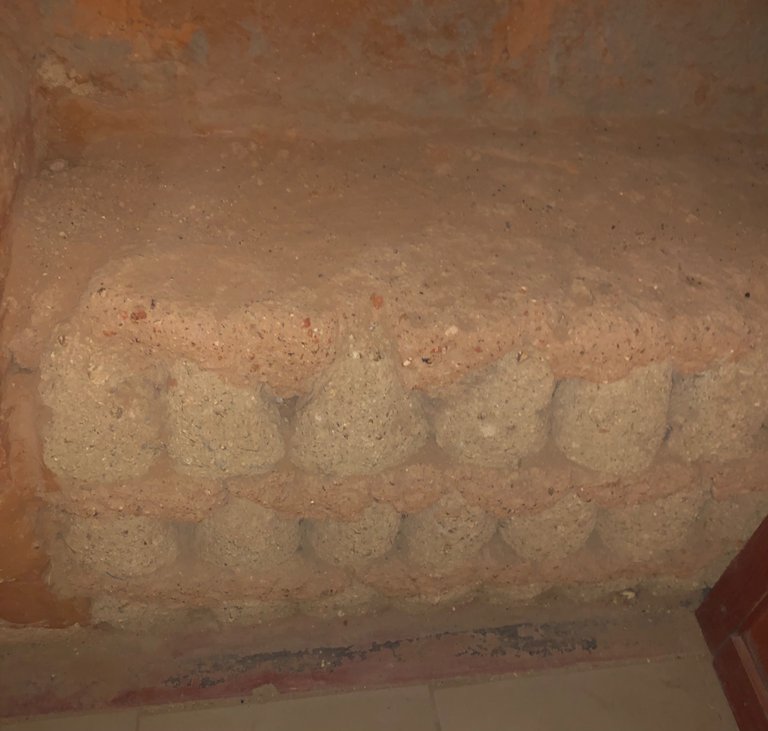

The building of the Museum is made up of stones which are made from clay. These stones are called “Tubali” in Hausa. Back then if you wanted to build a house it depended on how you wanted the thickness of your wall. You could use 50-60 Tubali for the foundation. 800 plus Tubali were used for the foundation of most ancient doors. These stones are strong and of good quality as they can hold a building for a thousand years and the Museum is an example.
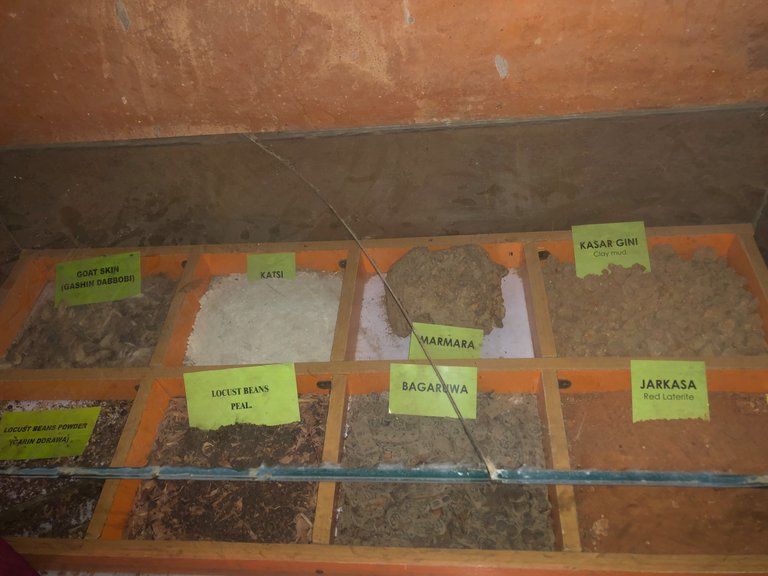
Most houses then were built with Goat skin, Clay mud (Kasar Gini), Locust bean peel, Katsi, Locust bean powder, Marmara, Bagaruwa, and Red Laterite(Jarkasa).
We had a tourist guide and he told us about ancient gates in Kano which include: “Kofar Ruwa”, “Kofar mazaugal”, “Kofar Nassarawa”, “Kofar na’isa”, “Kafor gadon kaya”, “Kofar famfo”, “Kofar dukawuya”, “Kofar kabuga”, “Kofar kansakasi”, “Kofar waika”, “Sabuwar kofa”, and “Kofar dawanau”. We were able to see some of these gates in the museum.
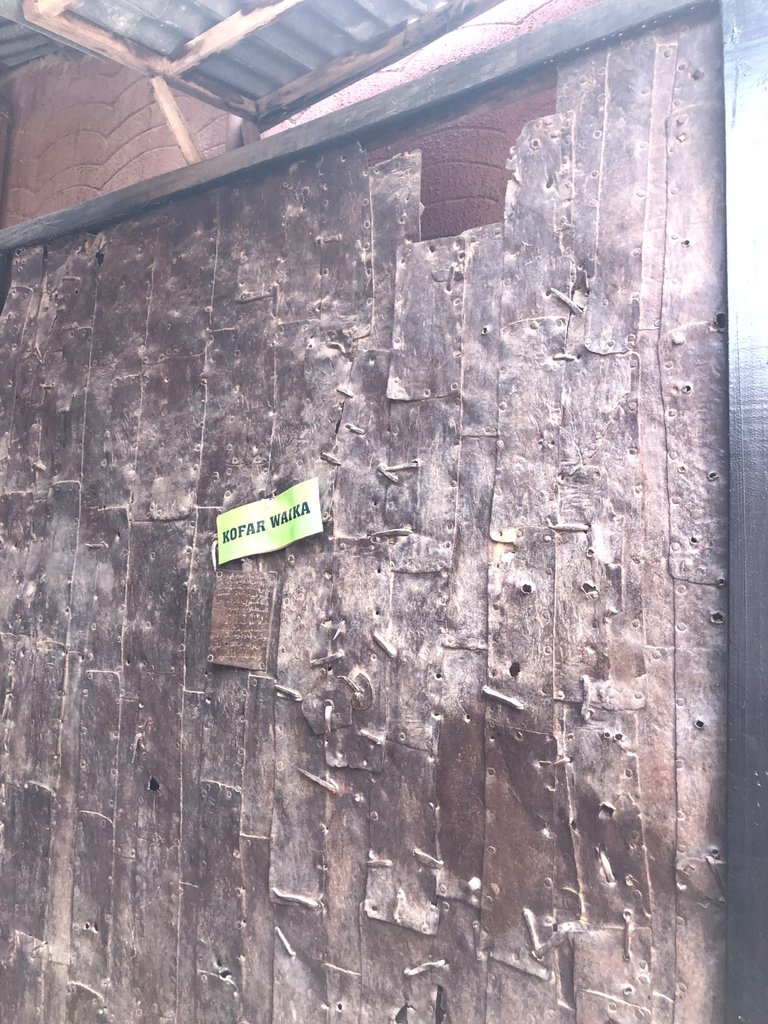
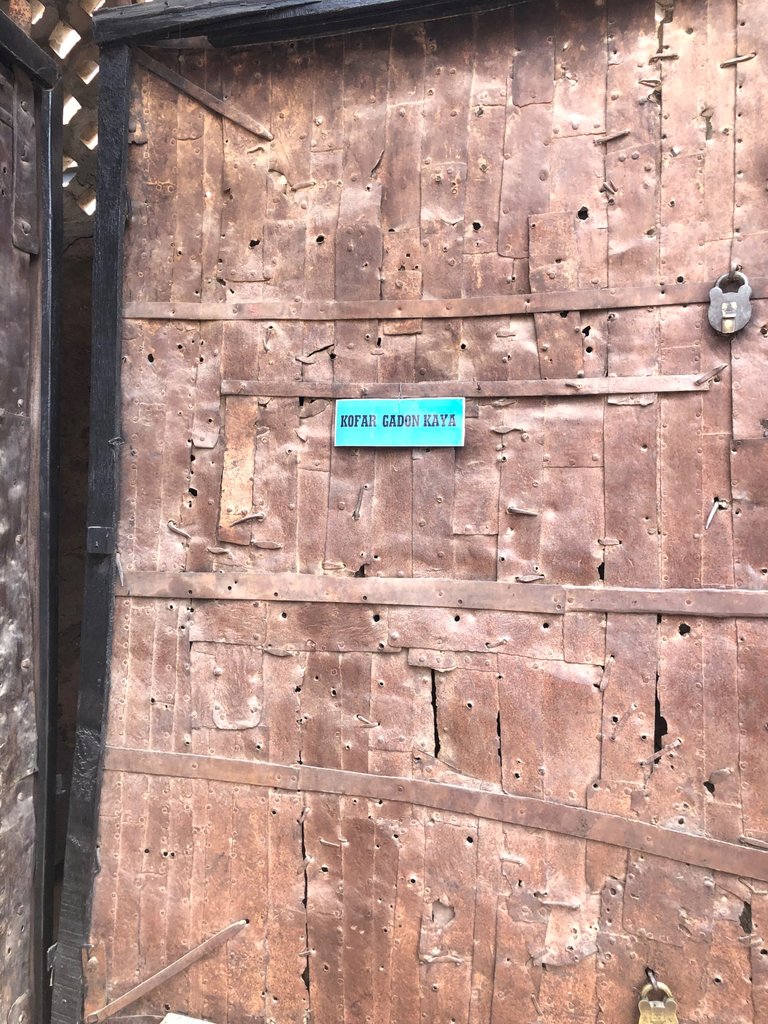
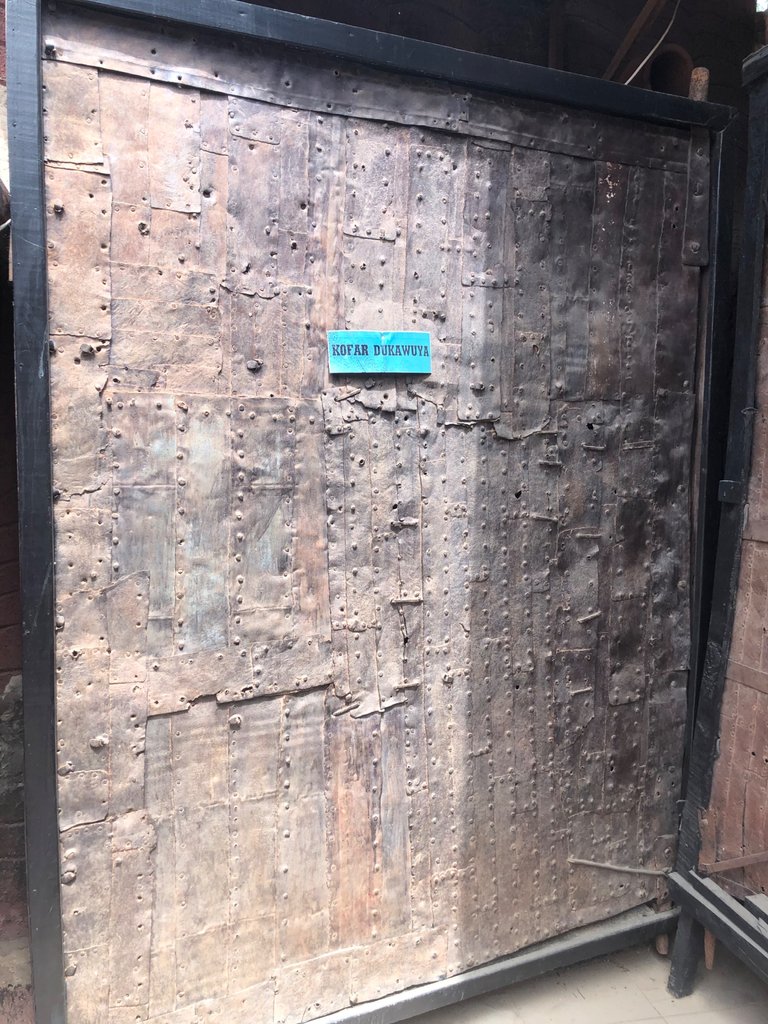
The ancient gate called “Kofar Kabuga” was the gate that the British used to gain access to Kano state in 1903. They were able to do this using an ancient gun to destroy the gate. They just had to hit the gate. Before this incident, the gate was called “Kofar Zaria” but was renamed afterward to “Kofar Kabuga”, where Kabuga means “you have hit”.
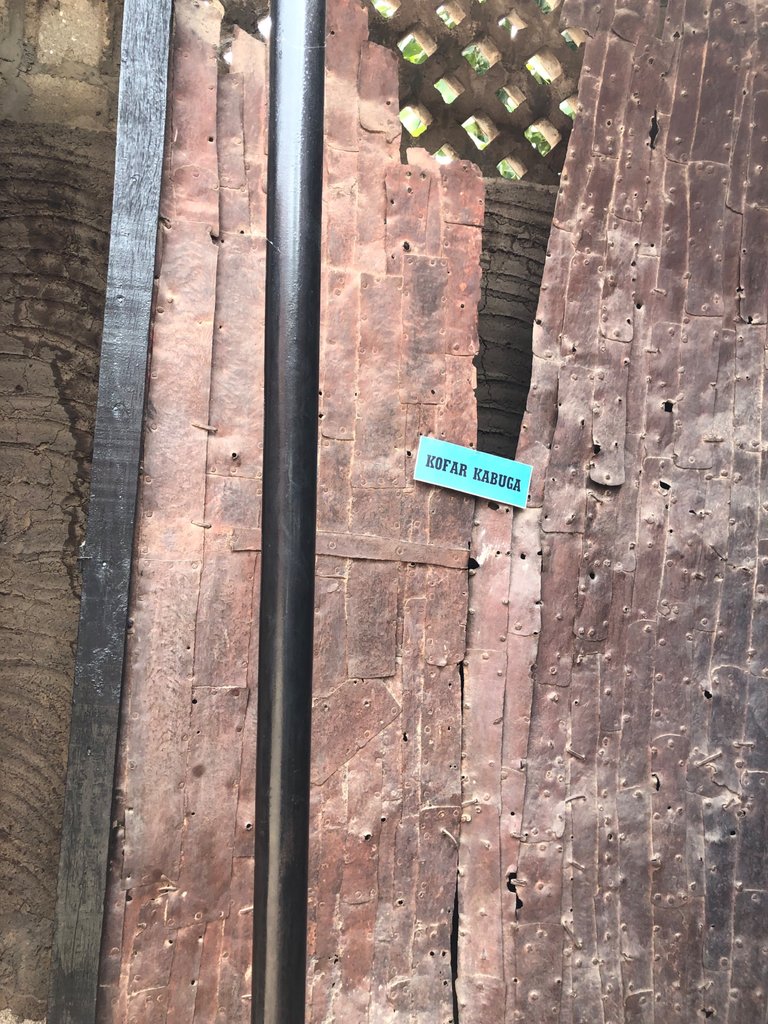
The name “Kofar Na’isa” was given to one of the ancient gates as a result of the emir’s son breaking the gate to enter the palace. The gate is usually opened by 6 am and closed by 6 pm but the emir's son arrived when the gate was already shut so he had to break the gate to enter. When he was asked why he did that the next day he said “Because he was capable” so they named the gate Kofar Na’isa where Na’isa means “I am capable”.
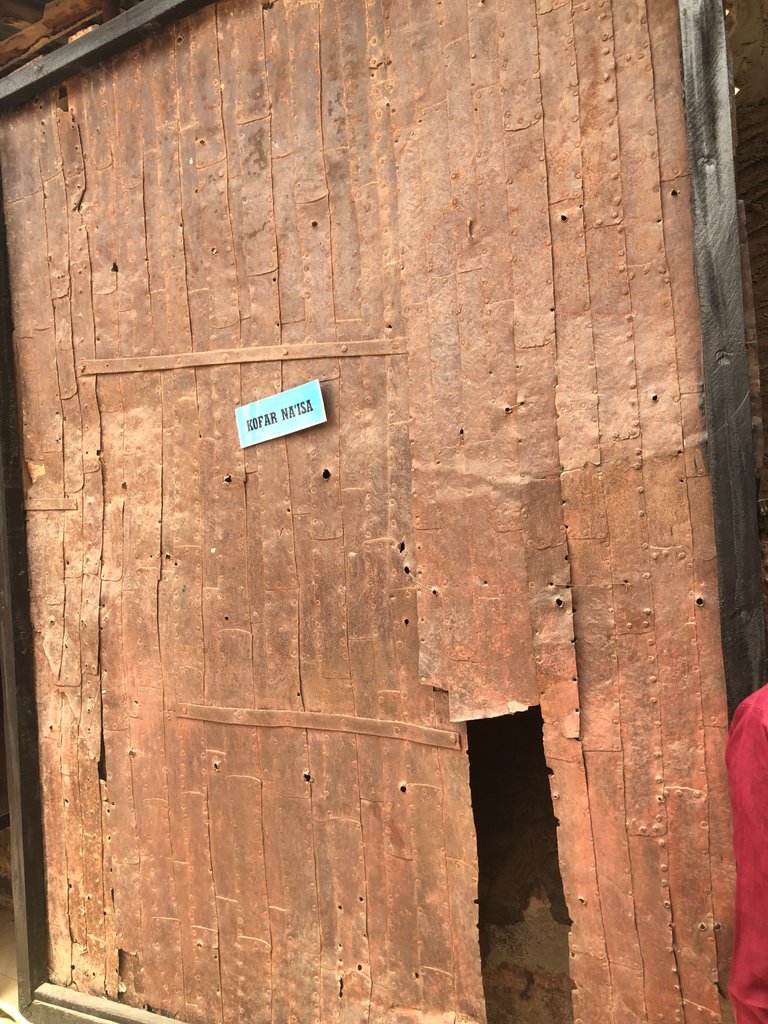
“Kofar Nassarawa” is the ancient gate they use when they come back victorious from a war. Nassarawa means victory.
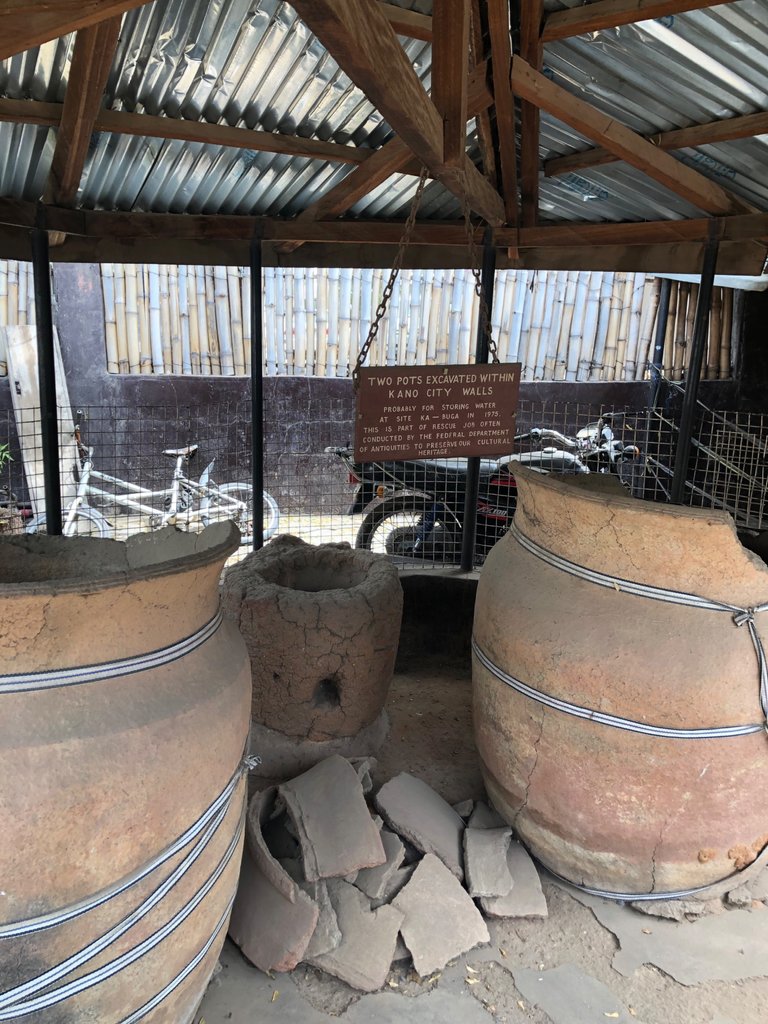
In 1975, these pots were evacuated from Kofar Kabuga to the Museum but before the evacuation, the pots were used to store water for the community members.
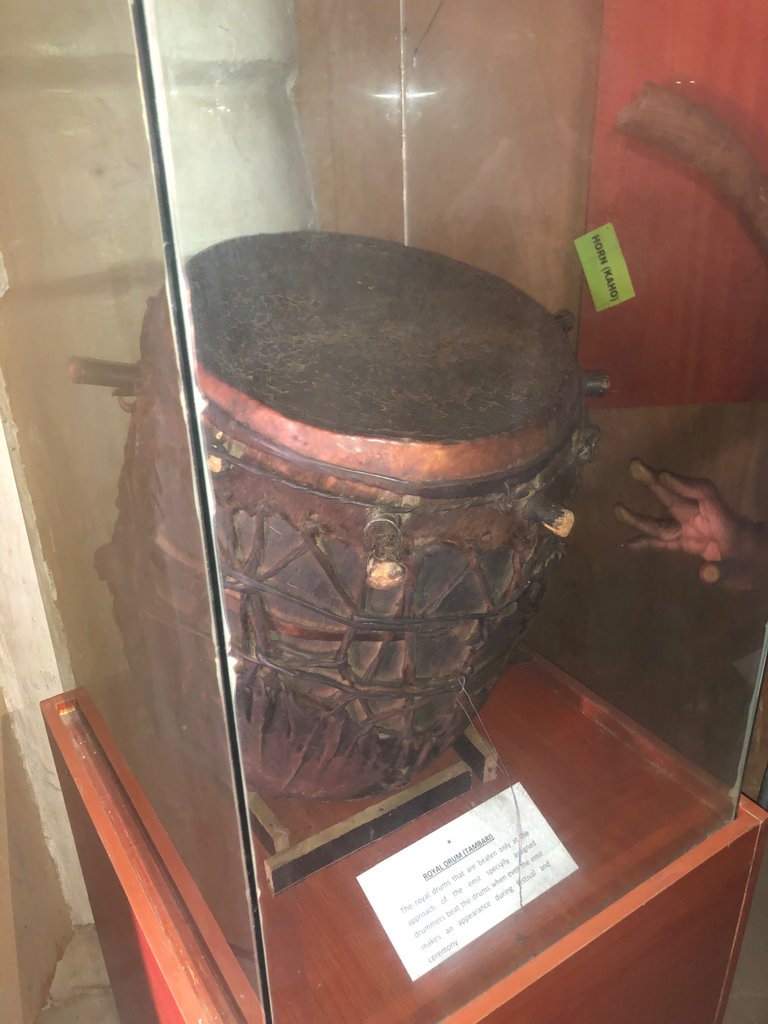
This drum is the Royal Drum it is called “Tambari” in Hausa. This drum is only beaten by drummers assigned by the Emir. This drum is only beaten on three(3) occasions; The first one is either during fasting or Salah. The next one is whenever the Emir makes an appearance in a gathering and the last one is when one of the wives of the emir gives birth to a child.
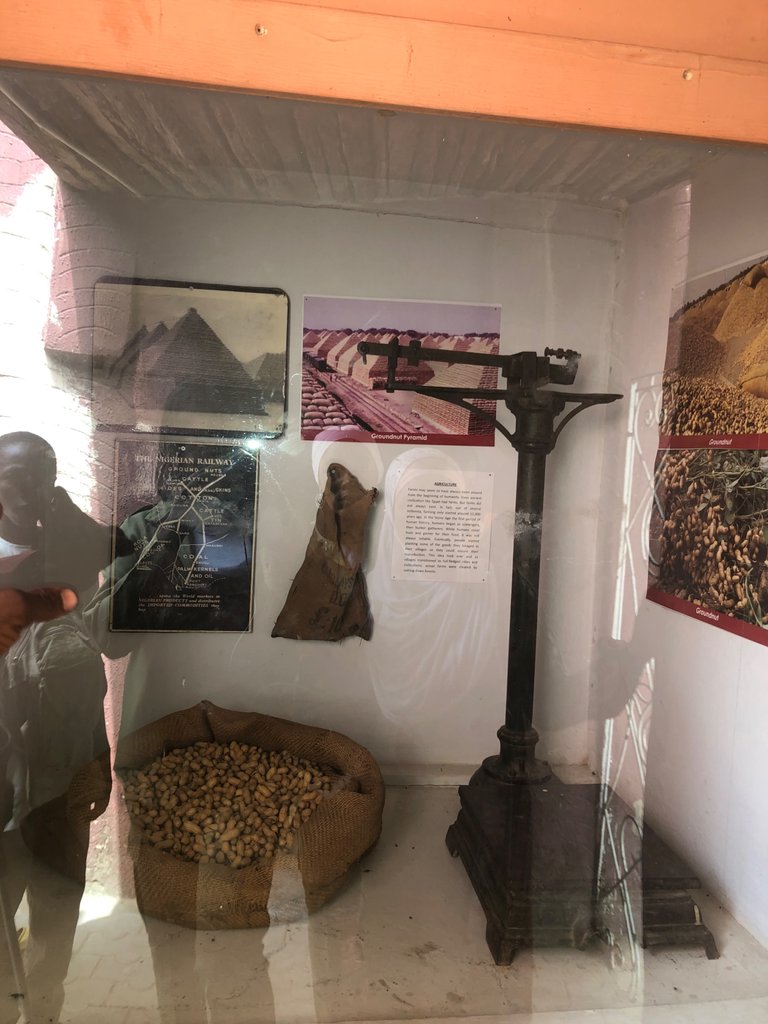
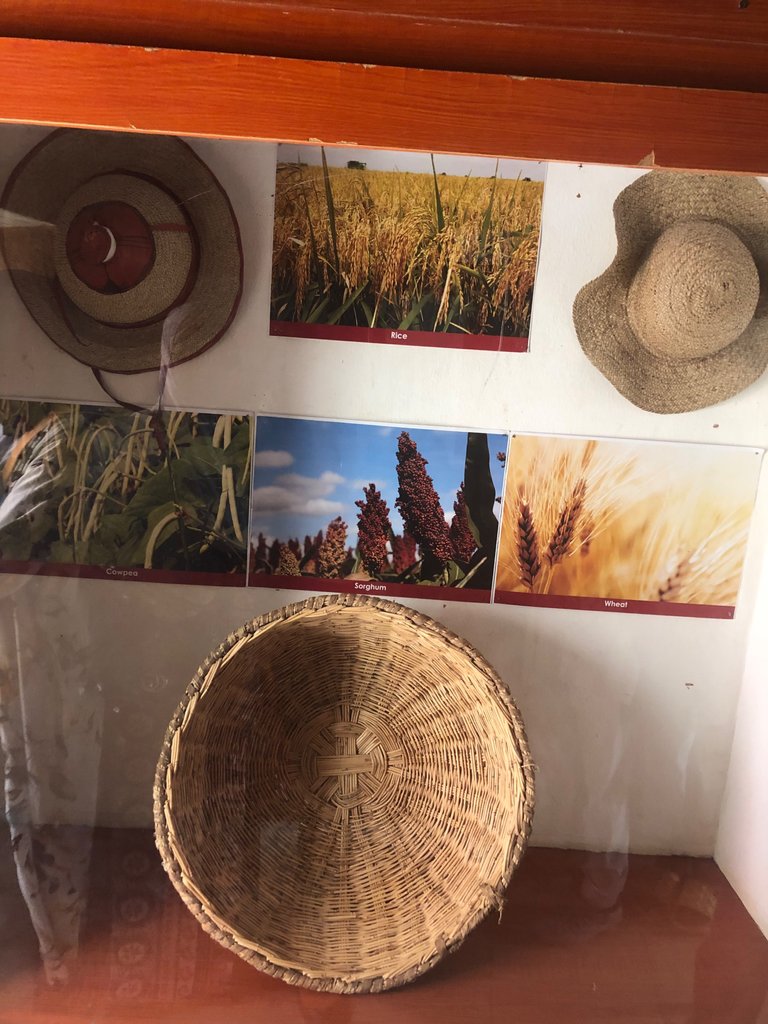
Kano is the major producer of groundnut and they are rich in agriculture. They have a groundnut pyramid. Years ago, the proceeds obtained from the cultivation and sales of groundnut were used to build some of Nigeria’s Refineries.
They produce rice, wheat, and lots more.
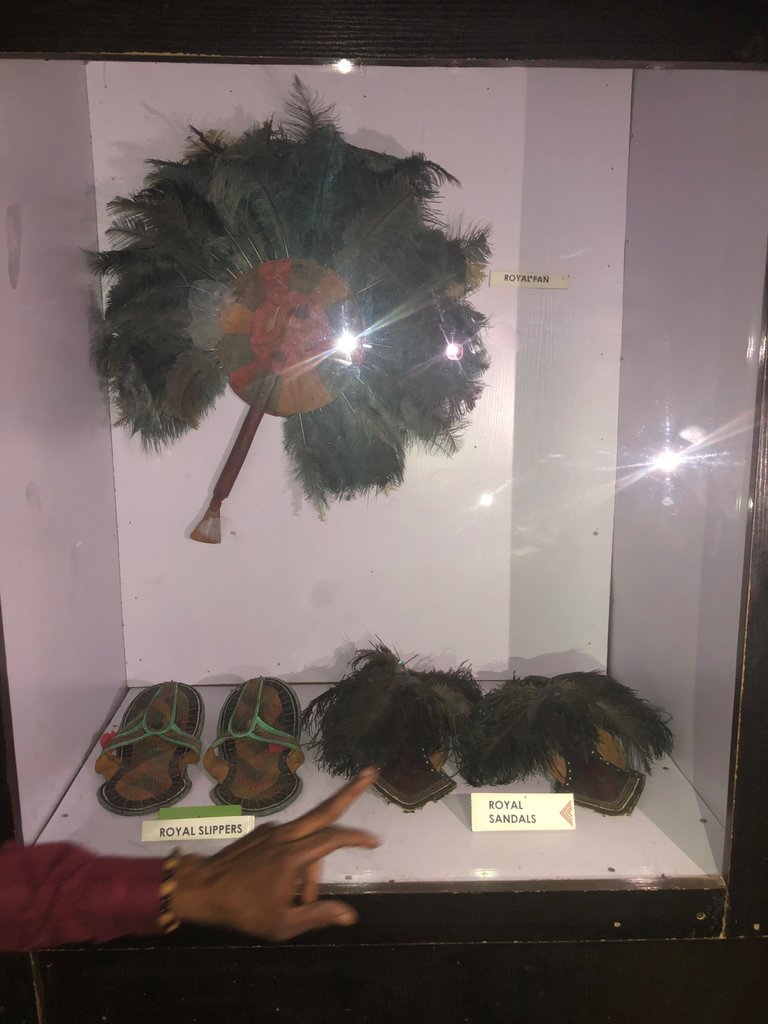
These are royal items. The royal sandals were made from the skin of an ostrich, the Royal fan was made from the feathers of a peacock while the royal slippers were made from the skin of a snake.
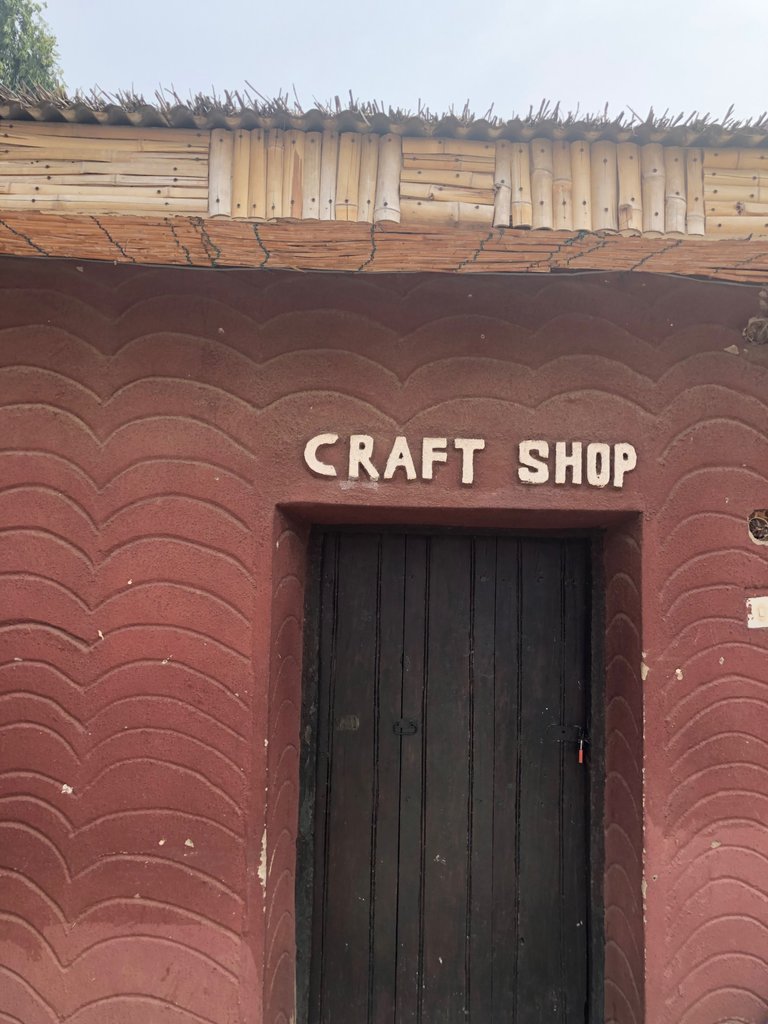
We visited the craft shop, where everything was made by hand. We got to see a variety of things made by hand, baskets, beads, clothes, shoes, and lots more. In my previous post, I mentioned how skillful the northern are at crafts.
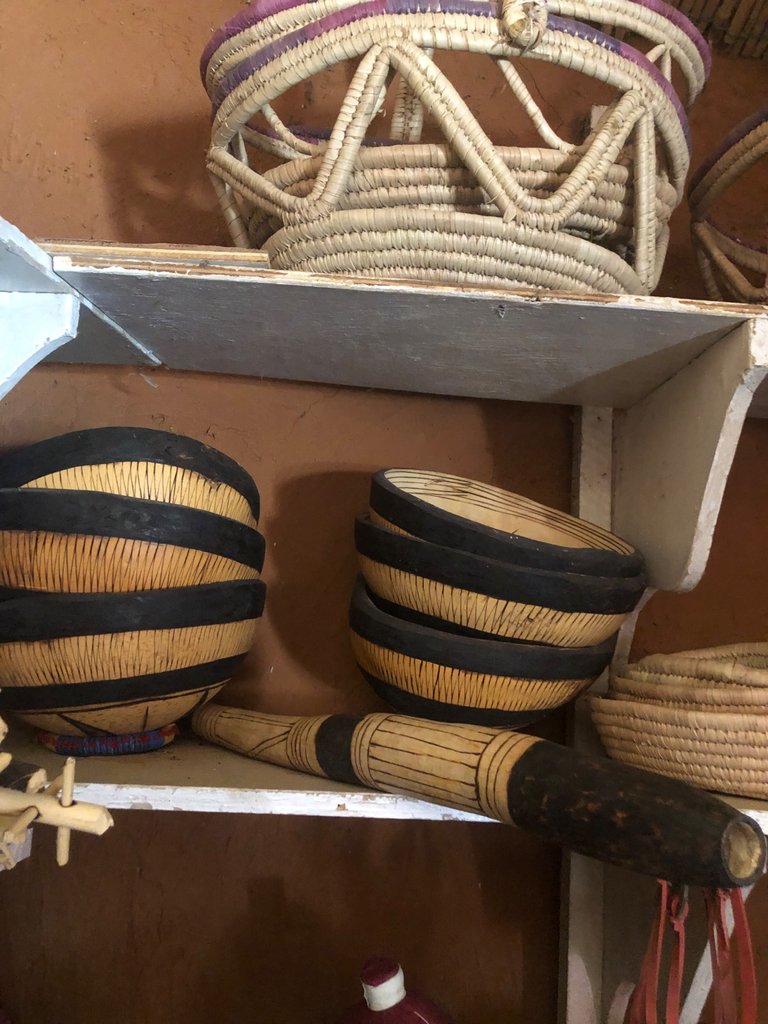
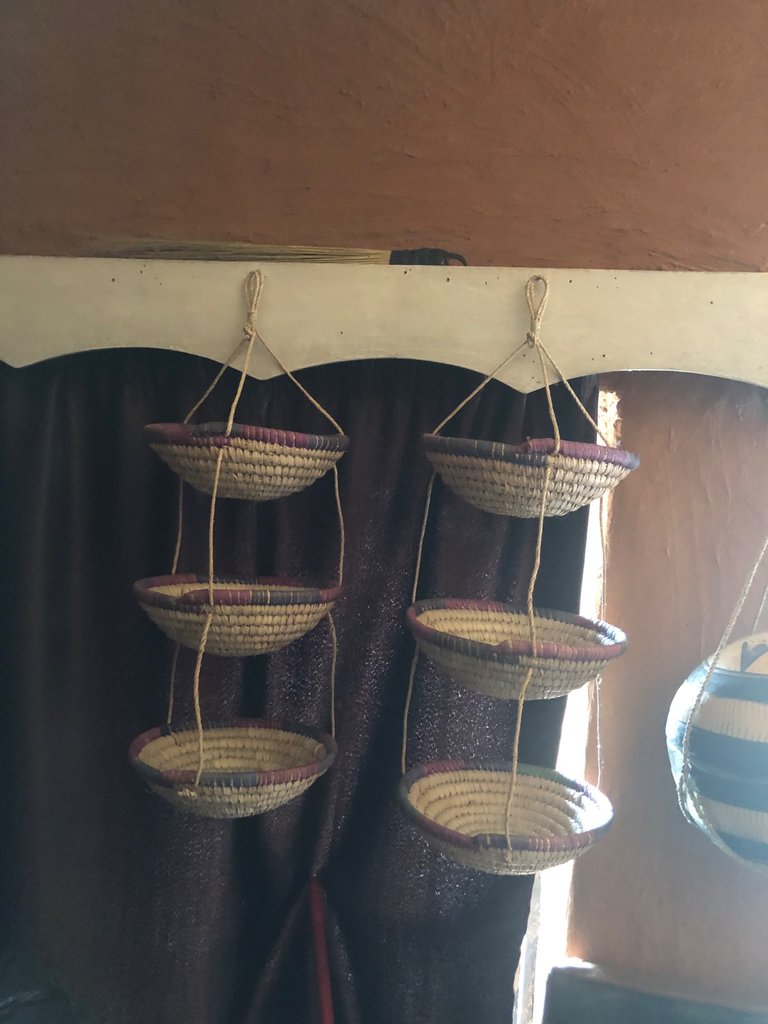
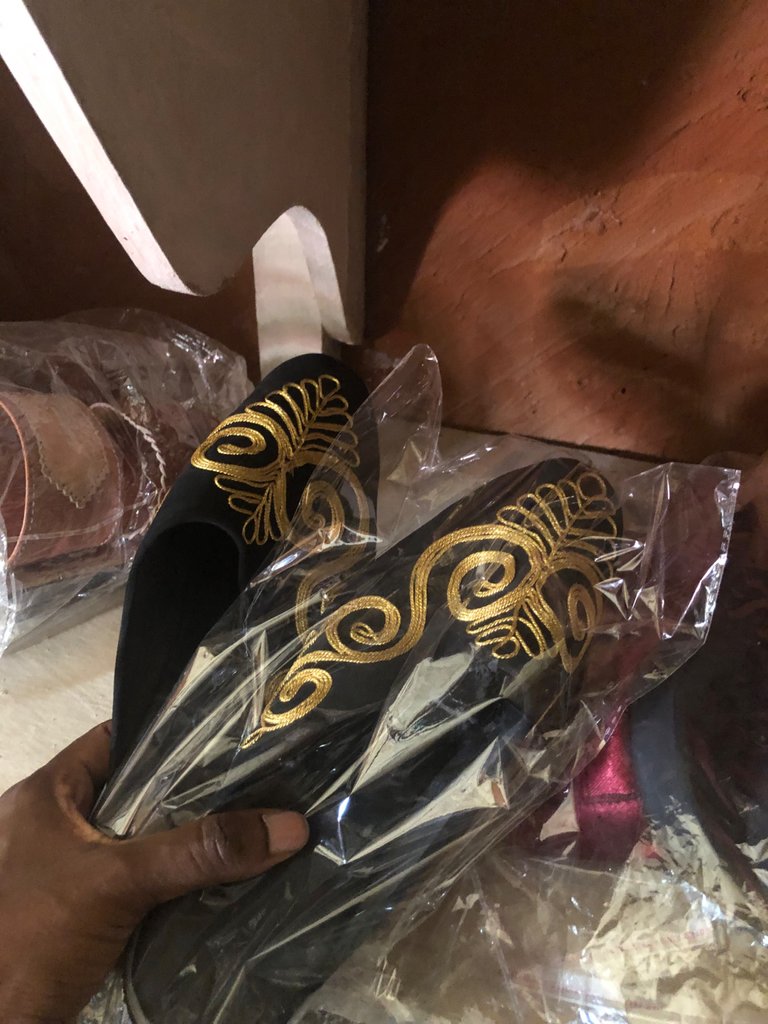
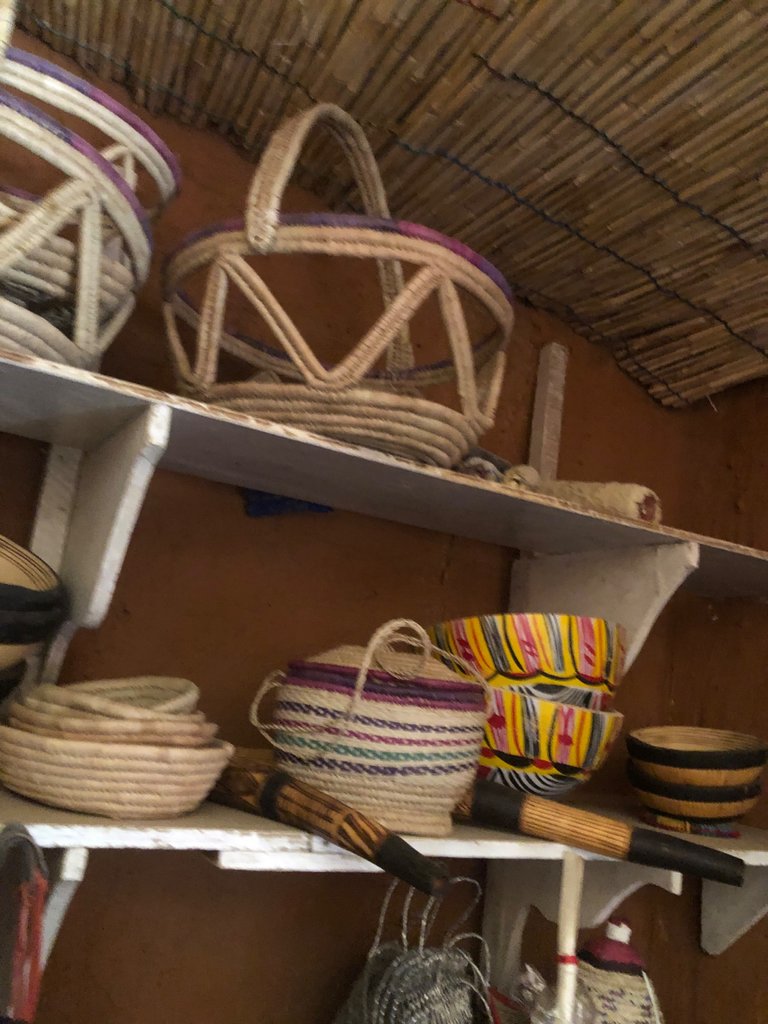
We went on to the Emir's palace but we weren’t allowed to take pictures as it is against their rules.
The Emir is the most important person in Kano. You can never see the Emir eating as his turbans cover his whole face and allow one to only see his eyes.
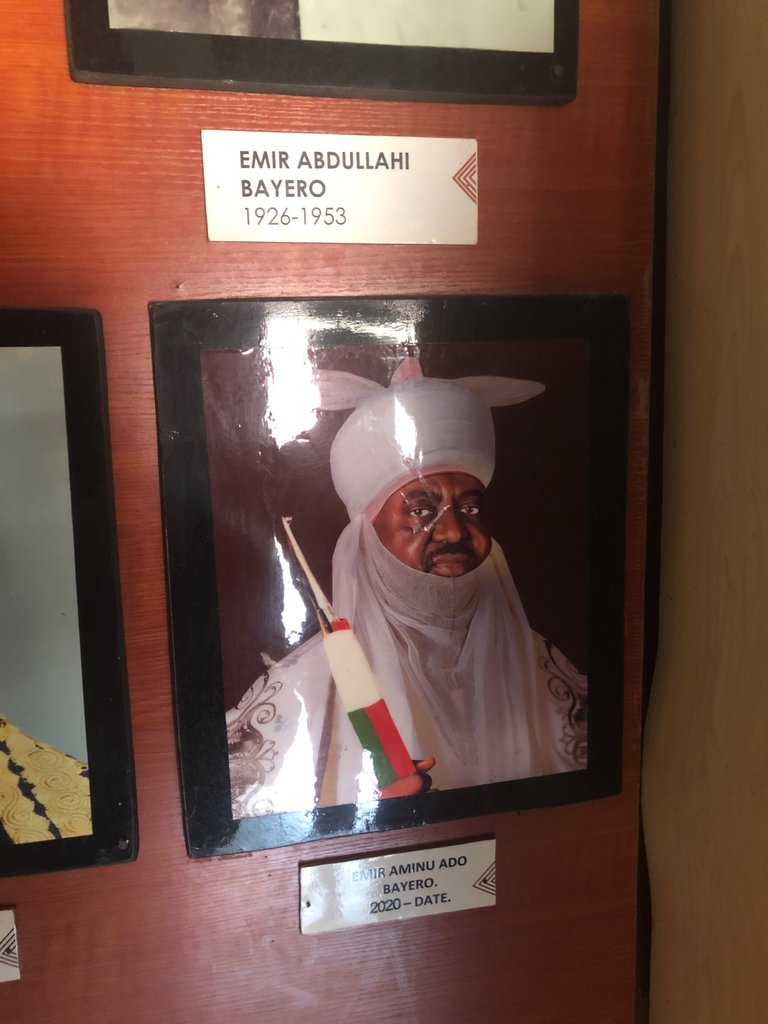
At the museum, we were opportune to have a view of how the emir sat down in those days but it is way bigger now.
His Turban, Staff of Office, and also the twin spear. The twin spear consists of two colors green which stands for agriculture and red which stands for the power of the emir.
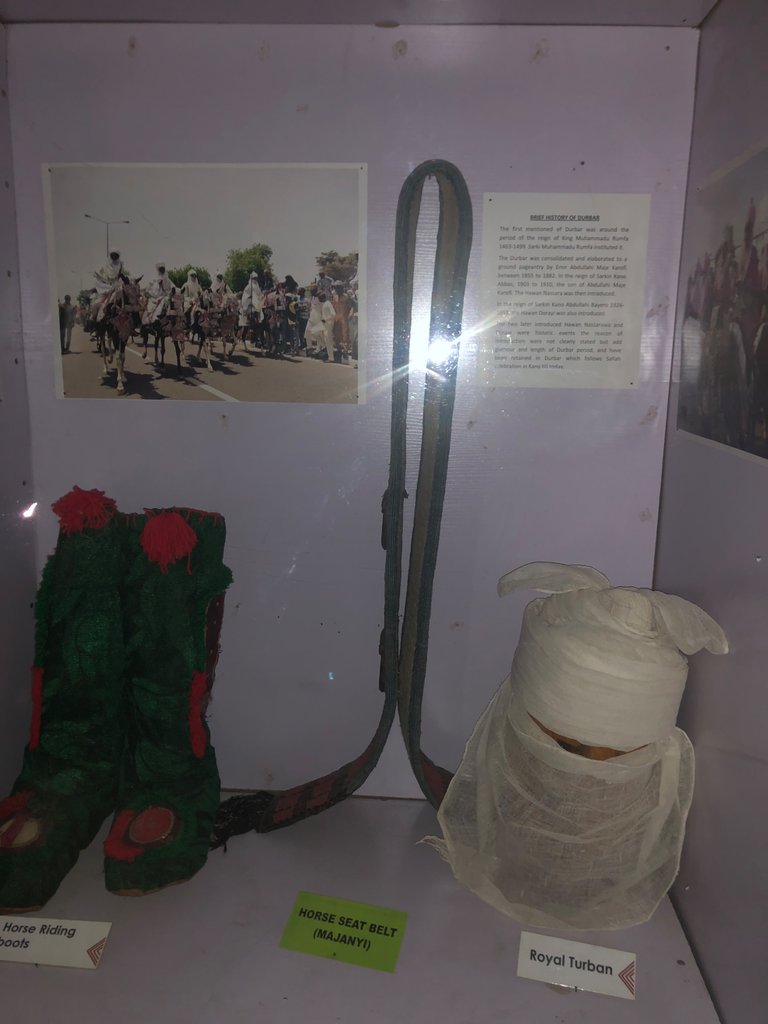
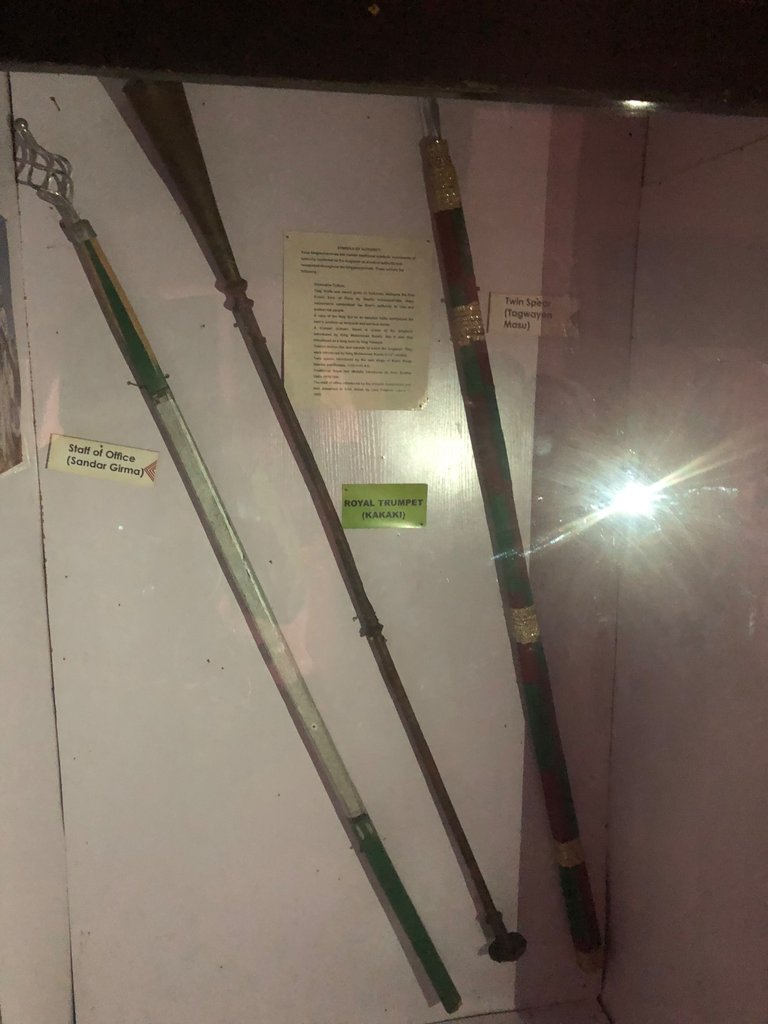

It was indeed a wonderful experience filled with a lot of new things.
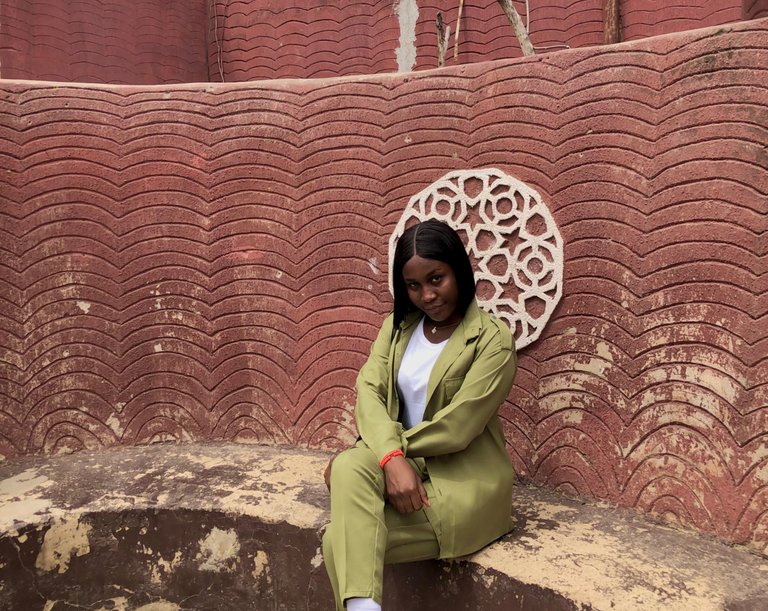
All images are mine except otherwise stated
Thanks for stopping by💕
Cheers 🥂
This is nice.
You had fun .
And you could not snap yourself. Lol
I did, the last picture😂😂
Omo! I just scrolled searching for your photo and I concluded you didn't add...
Thank you for pointing out. I've seen🥰
https://inleo.io/threads/ibbtammy/re-ibbtammy-22x2qa2x2
The rewards earned on this comment will go directly to the people ( ibbtammy ) sharing the post on LeoThreads,LikeTu,dBuzz.